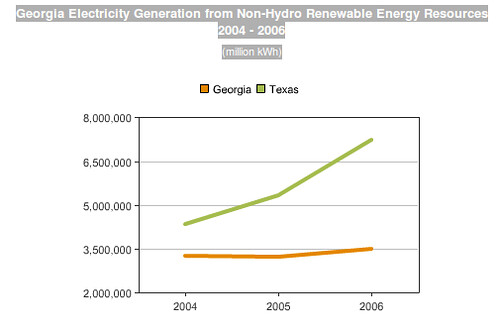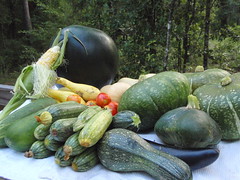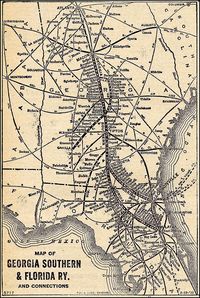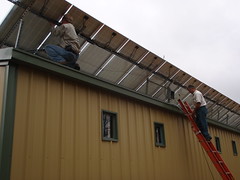With Congress and the White House considering spending scarce dollars to jump-start employment, they’ll need to get the biggest jobs bang for the buck to give Americans confidence that they’re spending our money wisely. Probably the biggest jobs generator of all, and one of the least recognized, is investing in forest and land restoration and sustainable management, with conservation, watershed projects, and park investment coming close behind.
That’s a very interesting jobs comparison; I didn’t know that.
To summarize, reforestation and restoration outperforms even the second-most jobs-intense activity analyzed by 74 percent, and conservation exceeds other major jobs alternatives, including especially new highway construction, Wall Street, and conventional energy sources like oil and nuclear.In fact, nuclear comes in dead last in this comparison.
And biomass produces less than half as many jobs as reforestation and land resto ration.

.jpg)













